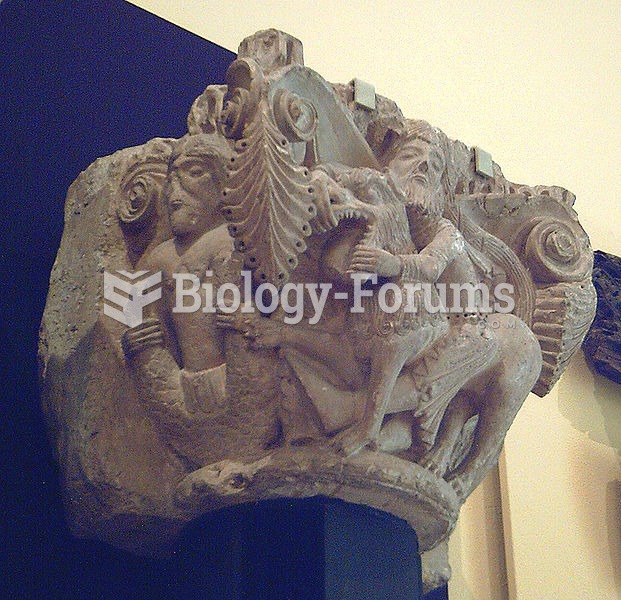|
|
|
Did you know?
Thyroid conditions may make getting pregnant impossible.
Did you know?
In 1844, Charles Goodyear obtained the first patent for a rubber condom.
Did you know?
Urine turns bright yellow if larger than normal amounts of certain substances are consumed; one of these substances is asparagus.
Did you know?
A strange skin disease referred to as Morgellons has occurred in the southern United States and in California. Symptoms include slowly healing sores, joint pain, persistent fatigue, and a sensation of things crawling through the skin. Another symptom is strange-looking, threadlike extrusions coming out of the skin.
Did you know?
Your heart beats over 36 million times a year.







